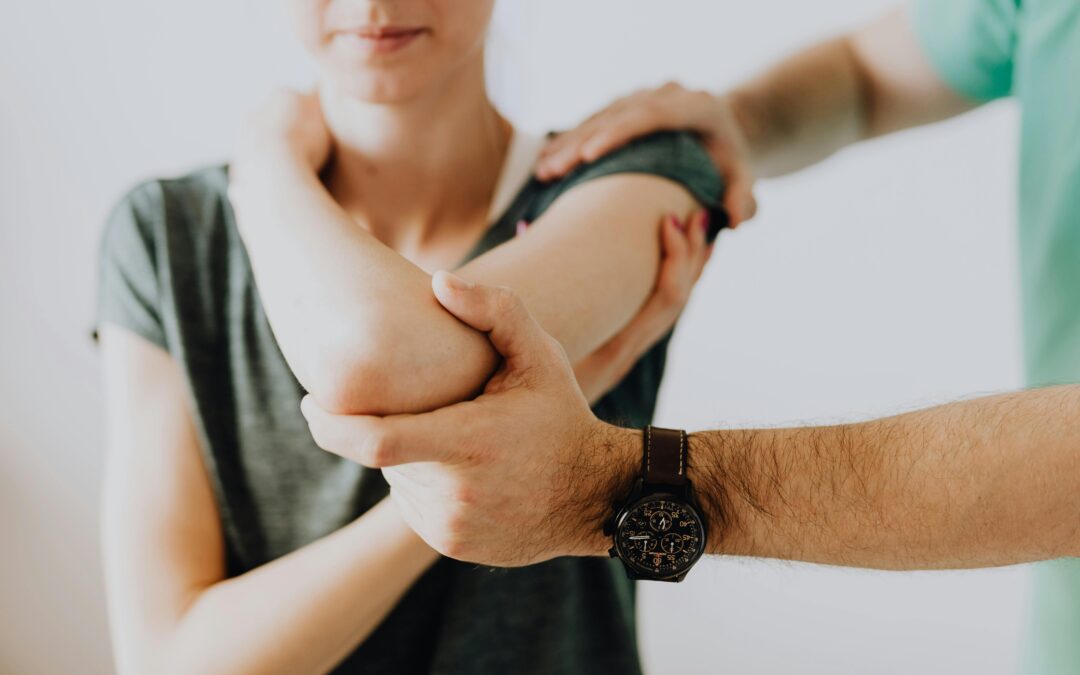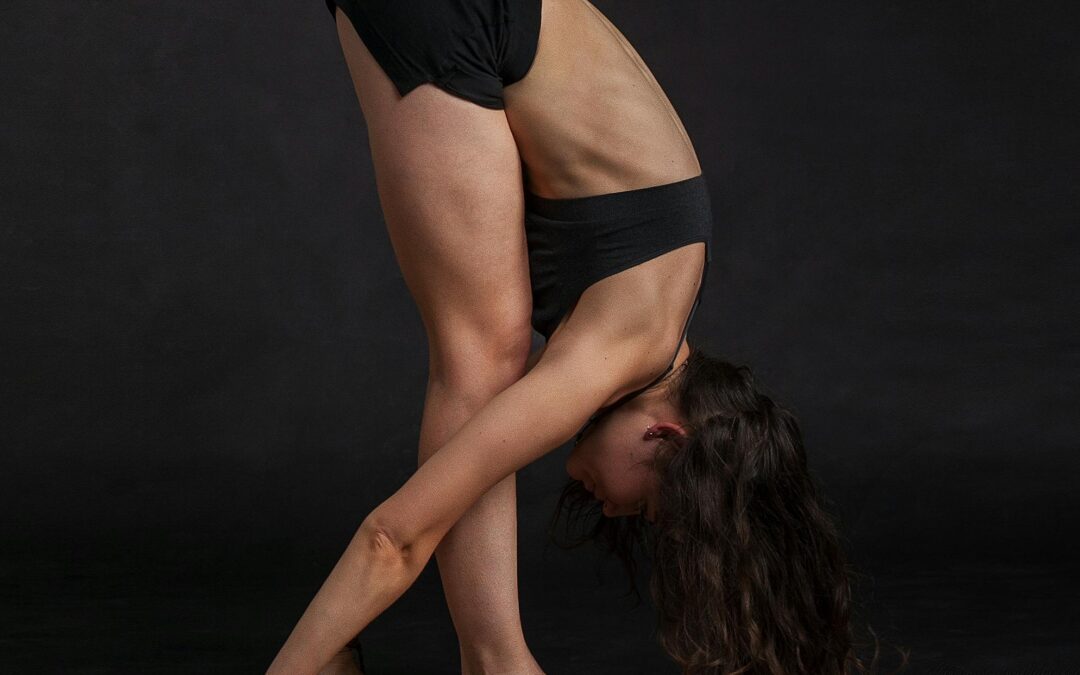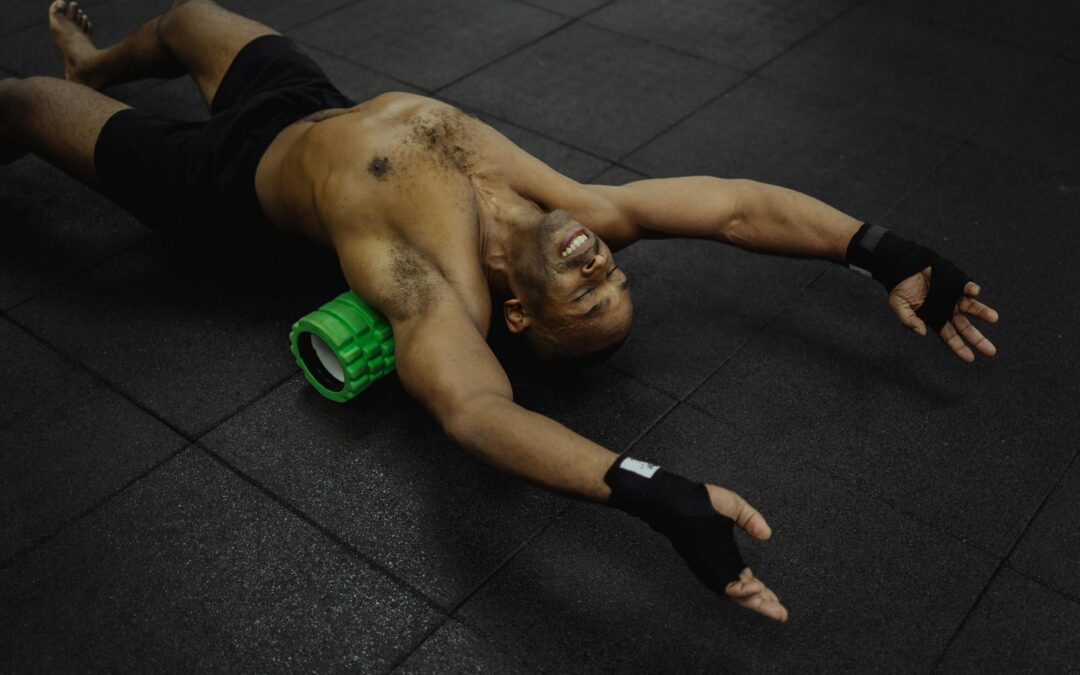
Why You Should NOT Go To An Orthopedist First When You Have Pain
The world of orthopedics is riddled with inefficiency. Orthopedists are masters of their craft. Surgery, injections, imaging, medicating…but there’s very little that they can do to help you outside if these things. If most things can get better with moving differently, adding or subtracting some exercises, or better programming, why are we going to a surgery expert first for evaluations. Here are three of the biggest reasons you should choose a physical therapist or a trainer before an orthopedist when you have pain:
- A good clinician will take time with you
- Good diagnostics take time. We know that pain is complex. With the exception of straightforward traumatic injuries like sprains, strains, fractures etc., we need to ask lots of questions to figure out the problem.
- For instance, if you’re having shoulder pain doing pushups, we might want to ask things like “how many are you doing, how long have you been training, have you recently changed the amount you’re doing, how are your elbows positioned…”
- If an orthopedist spends less than ten minutes with you, doesn’t watch you do a pushup, and has no exercise background, are they really doing their due diligence to solve the problem?
- What can they actually OFFER you to help?
- Medications (pain relief), Steroid Injections (pain/inflammation), or Surgery
- If you are dealing with a problem that has been going on for a while, then none of these are good options. Medications won’t help solve a problem that’s chronic. Steroids can help mask the pain for a while, or reduce ACUTE inflammation, but won’t fix the root cause. Surgery is a last resort and can be effective when all else fails.
- They are going to send you to PT to try to rehab first. Most insurance companies also now require PT before they will cover imaging or surgery. So why are we still going to a doctor first?
- What do they actually know about rehab or training?
- Unfortunately, next to nothing…
- Most of them took one rehab class in Med School 20 years ago and have never looked back.
- The majority don’t exercise regularly and are not at all in touch with why loading is important for healing, would have no idea how to program someone properly, and don’t have experience ever fixing a pain problem without rest, injection, or surgery.
THIS IS NOT AN ATTACK ON ORTHOPEDISTS. There are many systemic reasons why orthopedists have to operate this way. They don’t get to spend more than five minutes with you or work closely with physical therapists because they don’t have time. Insurance companies have drastically reduced how much they get paid, and as a result, they need to see more patients to afford to run a business.
They are also EXCELLENT surgeons. Their knowledge, understanding and craft in repairing traumatic injuries or very bad chronic injuries is incredible. What they do is amazing.
And I’m also generalizing which isn’t fair to the ones who are great clinicians. It’s rare, but if you can find someone that will take time with you, ask you lots of meaningful questions about your pain, and probably encourage you to try some form of activity or therapy in order to change it before considering pills, injections, or surgery, then hold on to them.



